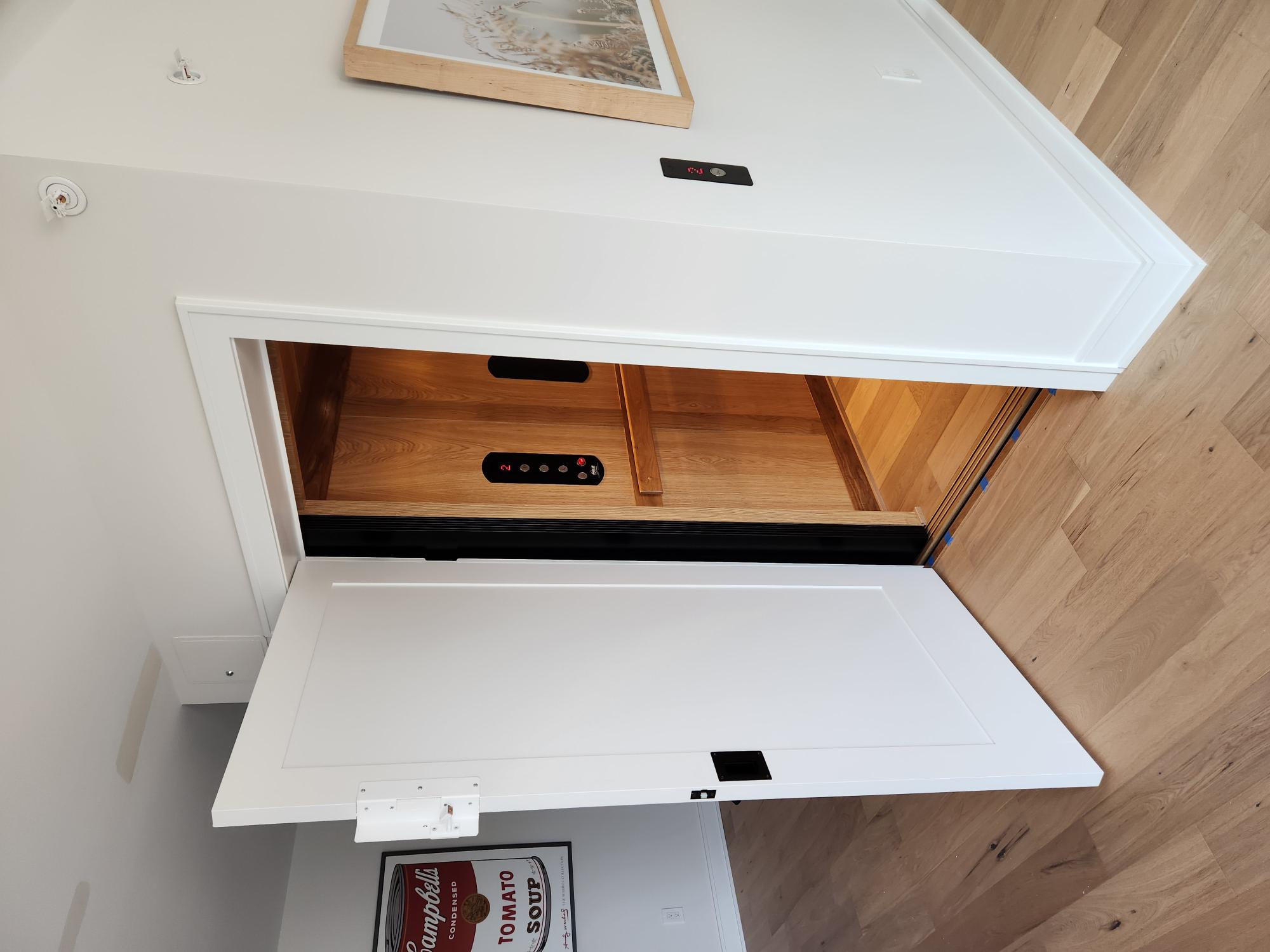Locate Reputable Lift Repair Near Me for Fast and Affordable Solution
Locate Reputable Lift Repair Near Me for Fast and Affordable Solution
Blog Article
Exploring the Globe of Elevators: Common Problems Encountered by Different Lift Mechanisms
As we navigate through the vertical transport systems of contemporary structures, elevators stick out as an indispensable part of our everyday lives. Nonetheless, behind their smooth operation exists a globe of detailed mechanisms that can in some cases run into challenges. From hydraulic elevators to grip systems and machine-room-less layouts, each lift kind comes with its set of usual problems. Understanding these obstacles is crucial for making sure the smooth functioning of these essential systems. Allow's check out the complexities that underlie the procedure of elevators and the possible issues that can emerge, dropping light on the elaborate web of lift devices.
Hydraulic Elevators
Hydraulic elevators, usually chosen for low-rise structures, utilize fluid pressure to regulate the activity of the lift cars and truck (lift repair companies). This system includes a hydraulic pump pushing oil into a cyndrical tube, causing the lift to relocate in the wanted direction. While hydraulic lifts are recognized for their quiet and smooth operation, they do include their own collection of usual issues
One widespread issue with hydraulic elevators is oil leakage. Furthermore, issues with the control system, such as malfunctioning valves or a malfunctioning pump, can trigger disruptions in the lift's activity.
Routine upkeep and prompt repair work are crucial to ensure the smooth functioning of hydraulic lifts. By dealing with these common problems proactively, structure owners can decrease downtime and ensure the security and efficiency of their vertical transportation system.
Traction Lifts
When considering upright transportation systems in structures, another common kind apart from hydraulic elevators is the traction lift. Traction elevators operate utilizing a system of ropes and weights that relocate the elevator cars and truck by clutching onto the hoist ropes. This system permits for smoother and quicker vertical transportation contrasted to hydraulic systems.
Among the typical issues dealt with by grip lifts is rope wear. The constant activity of the ropes within the grip system can bring about put on and tear in time, possibly causing the lift to malfunction or come to be dangerous for usage. Regular inspections and upkeep of the ropes are vital to make certain the lift's proper functioning and safety and security.
Another concern that grip elevators may encounter is connected to the control system. Troubles with the control system can bring about concerns such as unpredictable motion, hold-ups in reaction times, or even full shutdowns. Regular testing and maintenance of the control system are critical to avoid such concerns and make certain the elevator's integrity.
Machine-Room-Less (MRL) Lifts

Among the vital parts of MRL lifts is the compact gearless grip machine that is installed within the hoistway. This device effectively drives the elevator car without the requirement for bulky equipment located in standard traction lifts. Additionally, MRL elevators normally make use of a weight system to stabilize the auto, further improving their power effectiveness.
In spite of their advantages, MRL lifts may face challenges connected to repair and maintenance due to the confined area for equipment installment. Accessibility for servicing components within the shaft can be limited, needing specialized training for technicians. Appropriate upkeep schedules and routine inspections are crucial to guarantee the continued smooth procedure of MRL lifts.
Overloading and Weight Limitation Issues
Are lifts equipped to deal with excess weight loads effectively and safely? Overwhelming and weight limit issues are important problems in lift operations. Lift suppliers layout raises with certain weight abilities to guarantee Read Full Report traveler safety and security and devices long life. Going beyond these weight limits can result in numerous issues, consisting of mechanical failings, hold-ups, and safety risks.
When lifts are overwhelmed, it puts excessive pressure on the motor, wires, and other components, potentially triggering breakdowns or break downs. If they identify excess weight, safety mechanisms such as sensors and overload sensing units try this website are in location to stop lifts from relocating. In addition, going beyond weight limits can bring about boosted energy intake and wear and tear on the lift system.
To minimize straining problems, building supervisors need to plainly present weight limits in elevators and inform passengers on the value of adhering to these restrictions - lift repair companies. Normal maintenance checks by qualified service technicians can likewise help make certain that elevators are operating within secure weight specifications. By resolving overloading and weight limitation issues proactively, structure proprietors can improve lift security and performance
Electrical System Failings
Going beyond weight restrictions in lifts can not just lead to mechanical issues however also possibly add to electric system failures within the lift infrastructure. Electrical system failings are an important concern in elevator procedure, as they can create unexpected shutdowns, breakdowns, or also safety and security hazards.
Routine upkeep and evaluations are vital to recognize and resolve prospective electrical problems without delay, guaranteeing the efficient and risk-free operation of elevator systems. By adhering to weight limitations and conducting regular electrical system checks, building proprietors can alleviate the danger of electric failings in lifts.
Verdict

Hydraulic lifts, frequently liked for low-rise structures, use fluid pressure to control the movement of the elevator car.When taking into consideration vertical transport systems in buildings, an additional common type aside from hydraulic lifts is the grip lift. Grip elevators operate utilizing a system of ropes and weights that relocate the lift cars and truck by clutching onto the hoist ropes. Unlike traditional lifts that require a different equipment space to house the devices, MRL elevators incorporate many of the components within the shaft, getting rid of the demand for a dedicated device room.In conclusion, elevators deal with usual issues such as hydraulic malfunctions, grip system failings, and electrical system problems.
Report this page